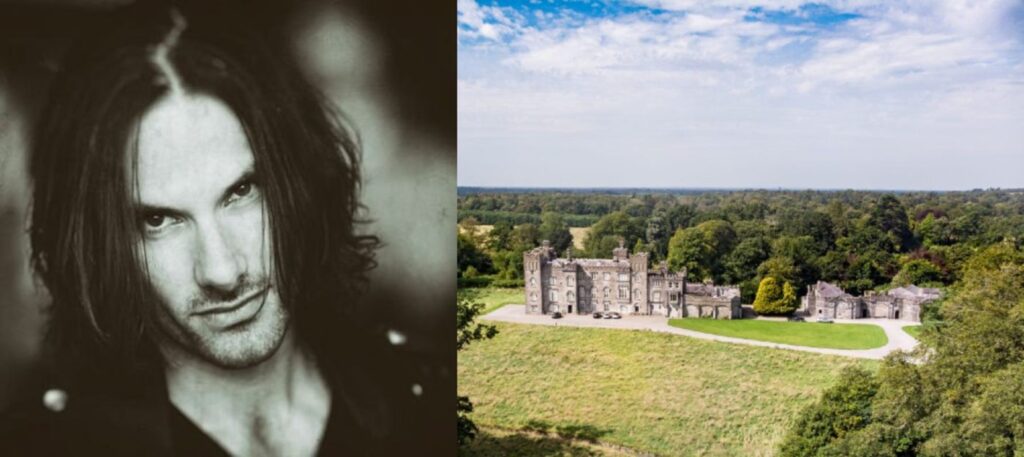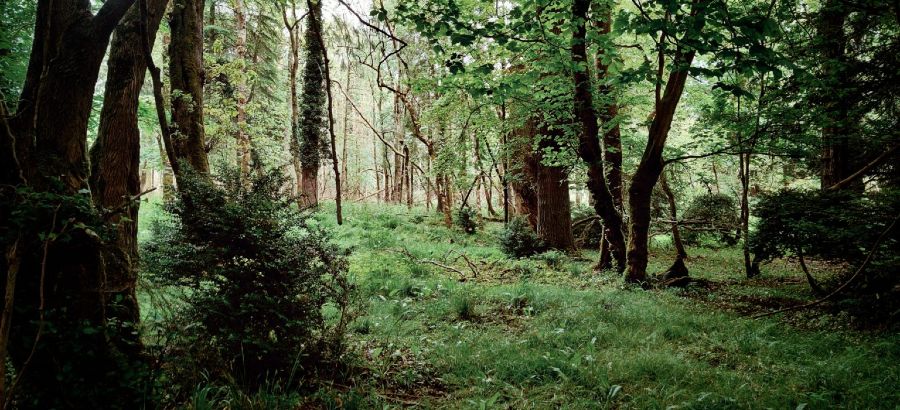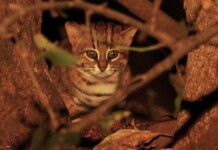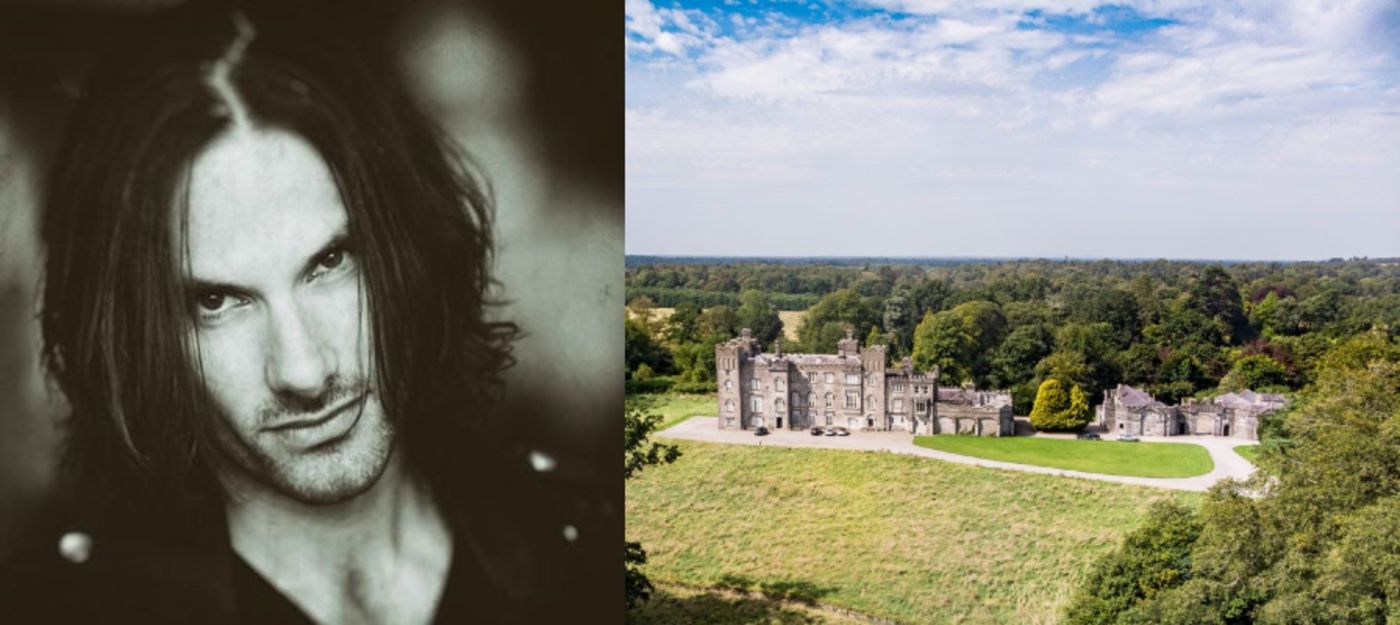
There’s a lot of talk about rewilding in Europe, where so much wild country has been eliminated over the last 1,000 years, but it usually comes from radical farmers, not death metal musician-filmmakers.
That’s exactly who Randal Plunkett is: a living, working testament to the power of humanity to create change for a better future.
In the face of his lifestyle (as a steak-eating body-building, death metalhead) and under the weight of his heritage (as the 21st Baron of Dunsany Castle in Ireland’s County Meath) Randal decided to take action to restore the dwindling number of truly wild spaces on the Emerald Isle by converting his entire 650-hectare (1,600-acre) estate into Ireland’s most ambitious rewilding project.
First installed in Dunsany Castle in 1402, the Plunkett family is one of Ireland’s oldest clans of blue-bloods. A Plunkett was canonized after being executed by the Church of England in the 17th century, and another ancestor, Horace Plunkett, advocated on behalf of rural development and farming innovations during the early 20th century.
“I’ve never been a country bumpkin,” Randall told The Guardian. “I saw it as a burden, a life of servitude.”
MORE: Australian Scientists Create Seaweed Supplement for Cows that Reduces Methane Emissions by 80%
Now though, concerns about the climate crisis and his country’s native ecosystem destruction has led him to turn his estate over to nature, letting grasses grow tall, and animals to run wild—a clean break from his ancestor Horace’s ideas of agriculture.
Green in nature and name

“The reserve is pretty much left untouched, with natural processes left to reshape the landscape,” Randall, officially ‘Lord Dunsany,’ told the European Rewilding Network (ERN), which he recently joined. “There’s no drainage, and areas of grassland are left to be grazed by wild animals, such as deer.”
“Otters have returned—the first time the species has been seen on the estate in my lifetime. We have pine martens, stoats, hedgehogs, foxes, badgers and barn owls. Red kite and snipe have returned. We have seen a big increase in insects—with a massive surge in butterflies—and we now see many different bat species. Even endangered Irish species such as corncrakes have come back. Nature really is flourishing,” he added.
RELATED: Trailblazing Gardener Discovers How to Grow Vegetables in Winter—Now He’s Helping Others Do It Too
With several small streams meandering through what is mostly unforested land, there’s room for natural processes to stretch out and create that marvelous chaos most ecosystems need to make substantial, resilient food webs and habitat.
Lord Dunsany doesn’t have much interest in opening the estate up to much more than small tour groups, but as a filmmaker, he does allow filming crews on to shoot, most recently for his own independent film The Green Sea, named for that most stunning shade of green that covers so much of Ireland, not least of which, his family estate.
Private estates like those owned by historically royal families are often some of Europe’s best places to experiment with rewilding.
CHECK OUT: The Largest Urban Rooftop Farm in the World is Now Bearing Fruit (and More) in Paris
ERN details how places like Bunloit and Glenfeshie Estates in Scotland, and Ken Hill and Knepp Estates elsewhere, are often the only ones which have the large tracks of countryside that aren’t already deeply agricultural necessary to give rewilding a shot.
As GNN reported last year, Knepp is a success story—a broke descendant of lords who couldn’t farm his land anymore turned it into an English wildland safari, creating one of England’s most biodiverse areas and wiping out his debts at the same time.
REWILD Friends’ Feeds by Sharing This Story On Social Media…




















